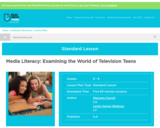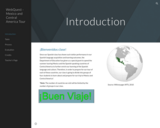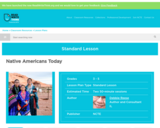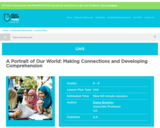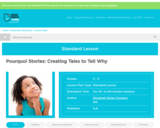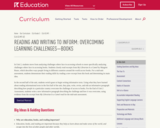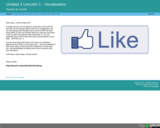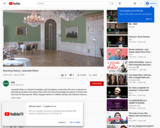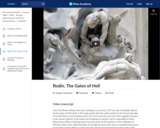
Learning to Share Information (5 days)
1.Today we are going to start a research project on Greek gods. We started reading A True Book: Ancient Greece in shared reading today. One of the things that was really important to the ancient Greeks was religion. They believed in many gods and they believed that their gods looked and acted like humans, but had incredible powers and lived forever.
2. Yesterday you chose which god you were going to be an expert on. I have the list up here. Also, you started to research and write notes on your graphic organizer. I showed you how to make sections to take notes in and how to add more to each section as you read through different sources.
3. For the past two days, you have been working hard to gather information about your gods. All of you have several sections filled in. Some of those sections have lots of information and some of those sections only have one or two facts. Today we are going to talk about deciding which information to keep and which information to get rid of.
4. Yesterday you worked on choosing information to share in your infographic. Today you will need to begin planning how you will want your infographic to look.
5. Yesterday you used your graphic organizer to plan your infographic. Today you can start making your infographic.
Sharing
- Subject:
- Ancient History
- Arts and Humanities
- English Language Arts
- History
- World Cultures
- Material Type:
- Lesson Plan
- Date Added:
- 03/15/2022


